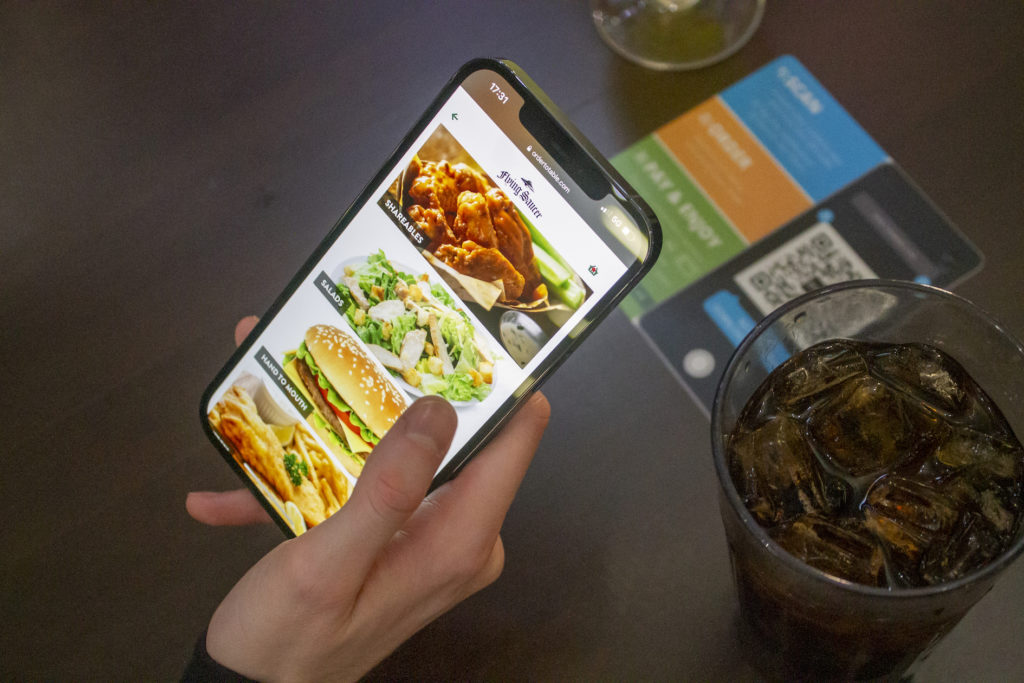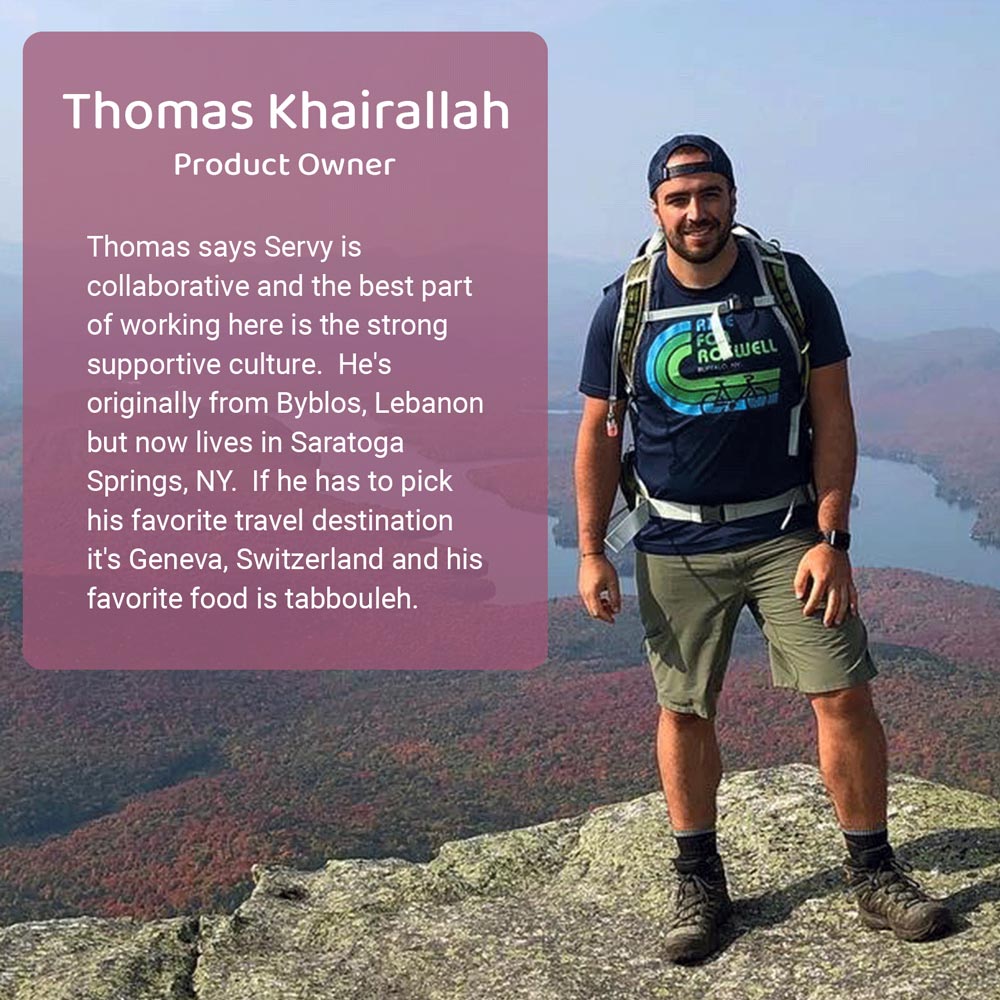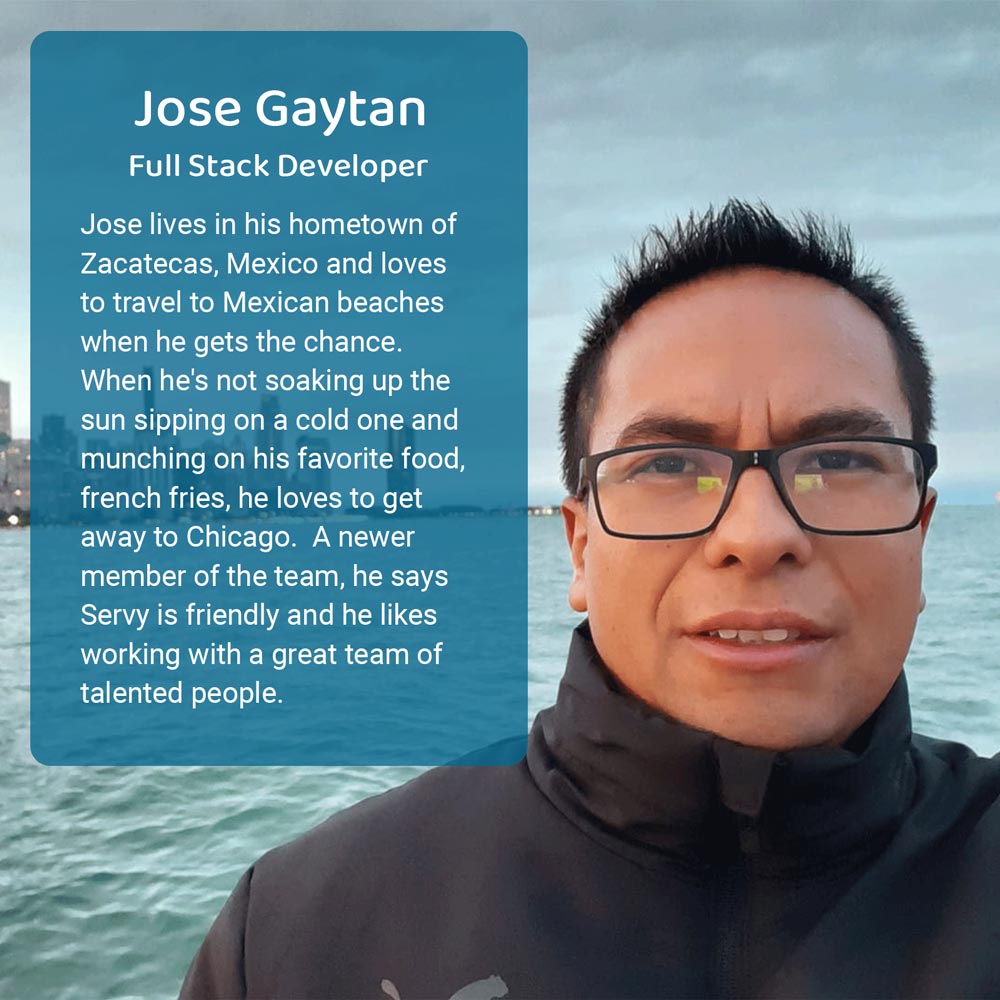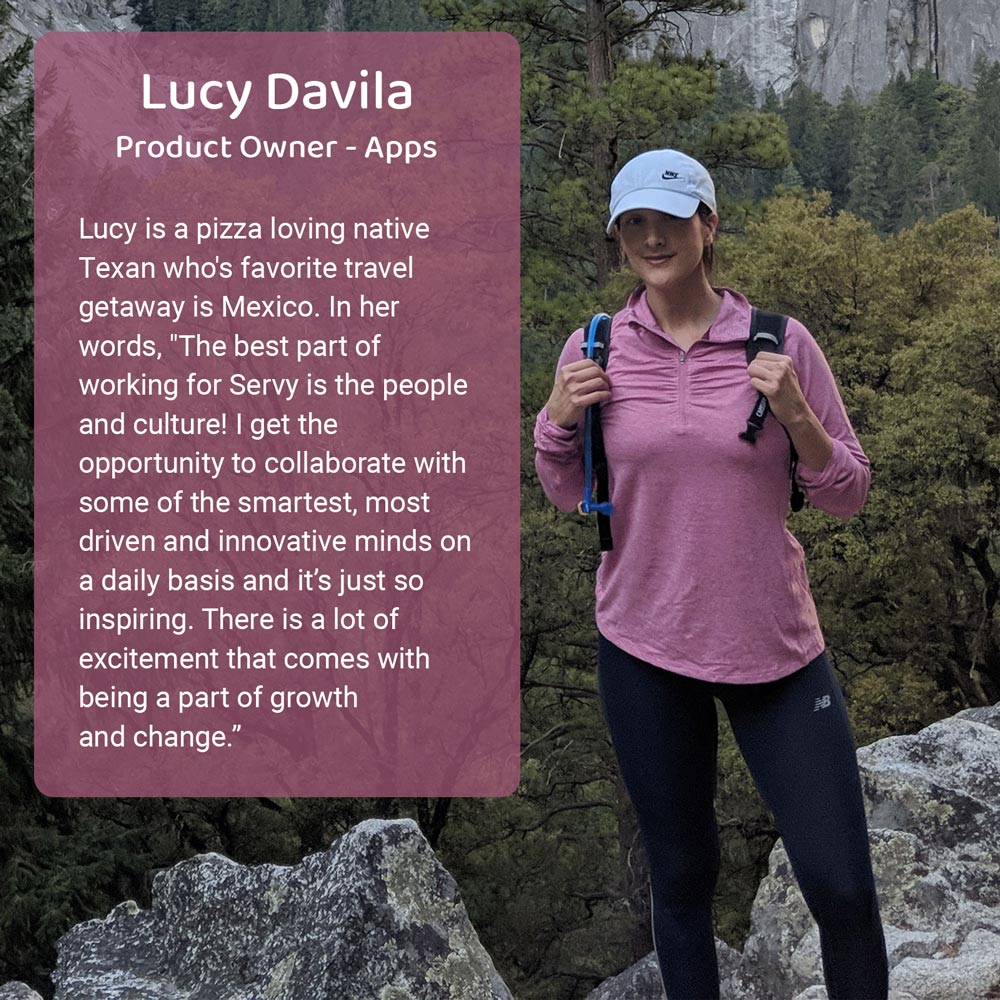In this guest article, Jeff Livney, Chief Experience Officer at Servy, says that the food service industry has reacted decisively and positively to the circumstances it has faced since early 2020, and that technology use and innovation efforts across the industry have accelerated to meet the new needs of guests in the post-COVID-19 world.
It goes without saying that the pandemic has created a paradigm shift in many attitudes, and what consumers think about the food service experience is no exception. This paradigm shift accelerated the speed at which consumers adopt both existing and new digital offerings and created new consumer expectations, but also new opportunities to enhance the guest experience.
For both consumers and businesses, adaptability has been paramount. Consumers have had to quickly adapt daily behaviors and, with that, many businesses in the food service industry and beyond had to just as quickly adapt their business models.

Consumers now expect to see fast, efficient ordering solutions as standard in travel locations, says Servy
Where once restaurants and food outlets could rely on a steady stream of regular footfall, growing numbers of customers have had to rely on takeout and delivery services to get their favorite meals while stuck indoors. And it looks like this trend is here to stay– in its latest State of the Industry report from earlier this year, the National Restaurant Association found over half (53%) of those surveyed indicated that ordering for takeout has now become “essential” to the way they live.

Jeff Livney: Ten million orders across the platform by November 2021, half of those in one year
Further, hospitality businesses are facing continued challenges from the after-effects of the pandemic, with ongoing labor shortages across the industry.
Fortunately, operators are quickly adjusting to lessons learned in the past year-and-a-half, with technology use and innovation efforts amplified in order to meet the new needs of guests while also maintaining excellent standards of service.
Many businesses are recognizing these market shifts and are adapting their operations to take advantage of new profit opportunities. For example, statistics from the National Restaurant Association show 27% of restaurants have added third-party services near the end of 2020, and this number is continuing to grow as demand for online and digital services increases.
In the travel hospitality sector, more restaurants and concessionaires are adopting self-service technology in order to support front- and back-of-house staff and help improve the overall experience for guests.
This trend was evident before, but the pandemic has only accelerated this, while breaking barriers to increase collaboration to the benefit of enhancing the guest experience. More guests are using self-service technology for the numerous benefits it offers – such as reducing the number of physical touchpoints or providing fast, efficient ordering in the palm of your hand – and are now expecting to see this as standard in travel locations.
At Servy, we have seen significant strides in how self-service technology is being implemented towards a post-pandemic world, along with innovative approaches to fully integrate our technology platform across the guest journey. For instance, pre-pandemic, much of the self-service technology we saw being adopted in travel hospitality was focused on driving up average ticket values. While this still remains a prime focus, a big push has been for technology that can help support businesses to optimize operational efficiencies – such as contactless order-at-table services to reduce the number of steps taken by staff and turn tables up to 20 minutes faster – while also providing a more personal and digitally powered experience that consumers are seeking in their travel and hospitality experience.
This paradigm shift and rapid guest adoption is clear in the metrics. In November 2020, Servy announced that it processed its 5 millionth order at DFW Airport, and it took four years to get to that milestone. We’ll hit 10 million in November 2021.
From my experience, it’s clear that the travel hospitality and food service industry is reacting decisively and positively to the extraordinary circumstances it currently finds itself in. There have been many forward-thinking partnerships and alliances that have arisen as a result. The key now will be to build on this momentum with continued innovative solutions and collaborations that meet the changing needs of guests, drive profitability, and help improve the overall travel journey to enhance the hospitality experience for returning guests.
See the full article as featured in The Moodie-Davitt Airport Customer Experience Newsletter here.


















